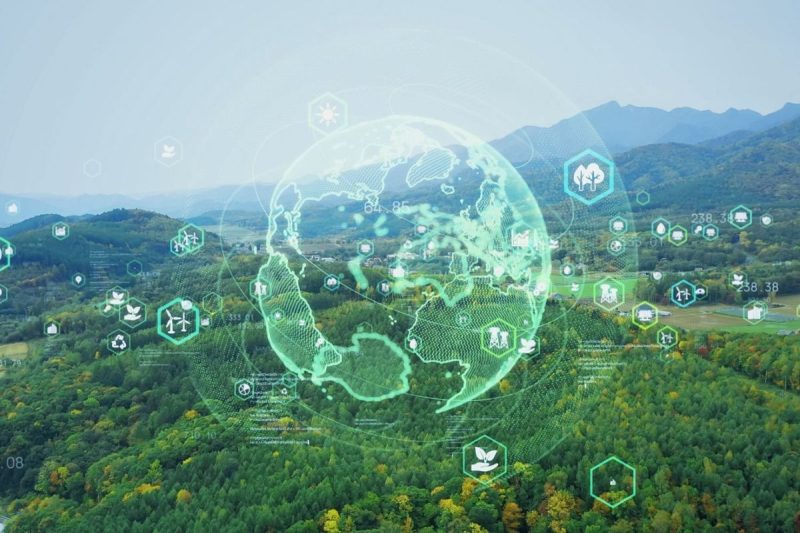The third quarter of 2024 has seen remarkable developments in the cleantech market. In this review, we delve into the key trends and advancements that have shaped the industry landscape in recent months.
1. **Investment Trends**: One noteworthy aspect of Q3 2024 is the surge in investment within the cleantech sector. Investors are increasingly recognizing the potential for sustainable technologies to drive long-term value while addressing pressing environmental challenges. This heightened interest has led to significant funding flowing into companies working on renewable energy, energy storage, electric vehicles, and sustainable infrastructure.
2. **Technological Innovations**: The pace of technological innovation in cleantech shows no sign of slowing down. In Q3, there were several groundbreaking developments across various subsectors. For instance, advancements in battery technology have improved energy storage capacity and efficiency, making renewable energy sources more viable for large-scale applications. Additionally, innovations in hydrogen fuel cells, carbon capture, and smart grid technologies have further expanded the possibilities for decarbonizing various industries.
3. **Policy and Regulatory Landscape**: Government policies and regulatory frameworks play a crucial role in shaping the cleantech market. In Q3 2024, many countries introduced new initiatives to support clean energy adoption and reduce carbon emissions. These include incentive programs for renewable energy projects, stringent emission standards for vehicles, and carbon pricing mechanisms to encourage companies to transition to low-carbon practices. Such policies create a conducive environment for cleantech innovation and drive market growth.
4. **Market Consolidation and Partnerships**: Another prominent trend in the cleantech sector is the increasing consolidation of market players through mergers, acquisitions, and strategic partnerships. Larger companies are seeking to enhance their capabilities and expand their market reach by acquiring innovative startups and established players in complementary areas. These collaborations often lead to synergies that accelerate technological development and market deployment, driving further industry growth.
5. **Consumer Awareness and Demand**: The growing awareness of climate change and environmental sustainability among consumers is also influencing the cleantech market dynamics. More individuals and businesses are actively seeking out clean energy solutions, energy-efficient products, and sustainable alternatives to traditional offerings. This shift in consumer preferences is driving companies to prioritize sustainability in their product development and marketing strategies, thereby fueling the demand for cleantech solutions.
6. **Challenges and Opportunities**: Despite the positive momentum in the cleantech market, challenges remain. Issues such as funding gaps, technological barriers, regulatory uncertainties, and supply chain disruptions can hinder the pace of progress. However, these challenges also present opportunities for innovation and collaboration within the industry. By addressing these obstacles collectively, stakeholders can work towards overcoming barriers and unlocking the full potential of cleantech solutions.
In conclusion, the cleantech market in Q3 2024 has witnessed remarkable growth driven by increased investments, technological innovations, supportive policies, market consolidation, consumer demand, and collaborative efforts to address challenges. Looking ahead, continued momentum in these areas is essential to accelerate the transition towards a more sustainable and resilient future.
